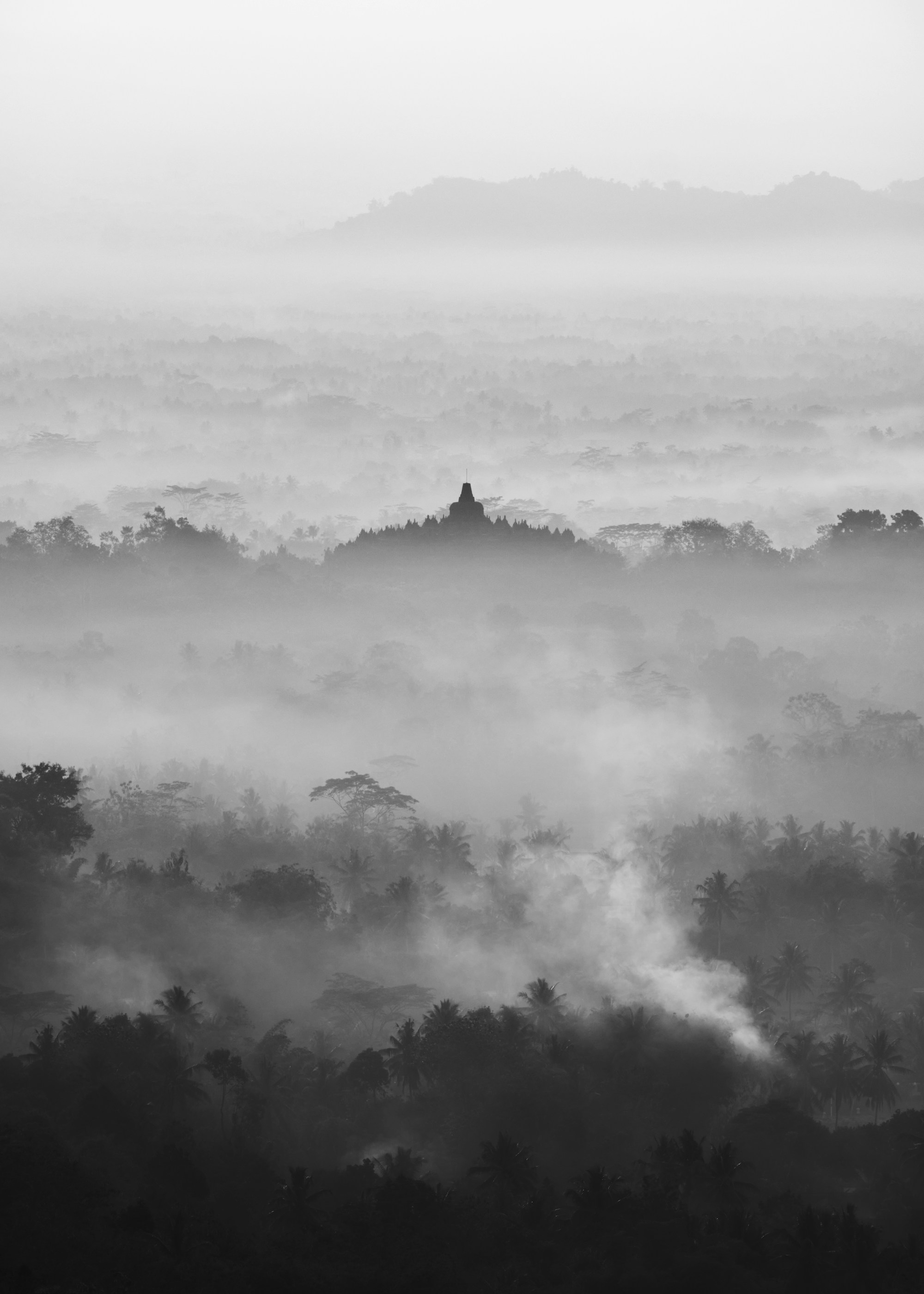Best Times to Visit Borobudur: Weather Guide
Discover the best times to visit Borobudur with this weather guide, ensuring optimal conditions for your adventure.

Best Times to Visit Borobudur: Weather Guide
Borobudur, located in Central Java, Indonesia, is a magnificent Buddhist temple and one of the most popular tourist destinations in the country. When planning your visit to Borobudur, it's essential to consider the weather to make the most of your trip. The climate in Borobudur is tropical, with distinct wet and dry seasons affecting the best times to visit.
Seasons in Borobudur
Borobudur experiences two main seasons: the dry season and the rainy season.
The dry season in Borobudur typically runs from April to September. During this time, the weather is generally sunny, and rainfall is minimal. The dry season is considered the best time to visit Borobudur, as you are likely to experience clear skies and pleasant weather for exploring the temple and its surroundings.
The rainy season in Borobudur occurs from October to March. This period sees higher levels of rainfall, with occasional heavy downpours. While the lush green landscapes that result from the rain can be stunning, visiting Borobudur during the rainy season may mean dealing with wet weather, muddy paths, and limited visibility.
Best Months to Visit Borobudur
While the dry season is generally the optimum time to visit Borobudur, some months within this period may be more favorable than others. Here is a breakdown of the weather conditions by month:
| Month | Season | Humidity | Temperature | Sun | Rain |
|---|---|---|---|---|---|
| April | Dry | Low | 26°C - 33°C | 7 hours | Minimal |
| May | Dry | Low | 25°C - 32°C | 7 hours | Minimal |
| June | Dry | Low | 24°C - 32°C | 8 hours | Minimal |
| July | Dry | Low | 24°C - 31°C | 8 hours | Minimal |
| August | Dry | Low | 24°C - 31°C | 8 hours | Minimal |
| September | Dry | Low | 24°C - 32°C | 8 hours | Minimal |
As seen in the table, the months from April to September offer low humidity, comfortable temperatures, abundant sunshine, and minimal rainfall, making them ideal for visiting Borobudur. These months provide the best conditions for exploring the temple complex and enjoying the surrounding natural beauty.
On the other hand, if you choose to visit Borobudur during the rainy season, be prepared for higher humidity levels, occasional showers, and potentially cloudy skies. While the rain can bring a unique charm to the landscape, it may also impact your outdoor activities and sightseeing opportunities.
Conclusion
Understanding the weather patterns and seasons in Borobudur is crucial for planning a successful visit to this historical site. By considering the climate conditions and choosing the best time to visit based on your preferences, you can make the most of your experience at Borobudur.
